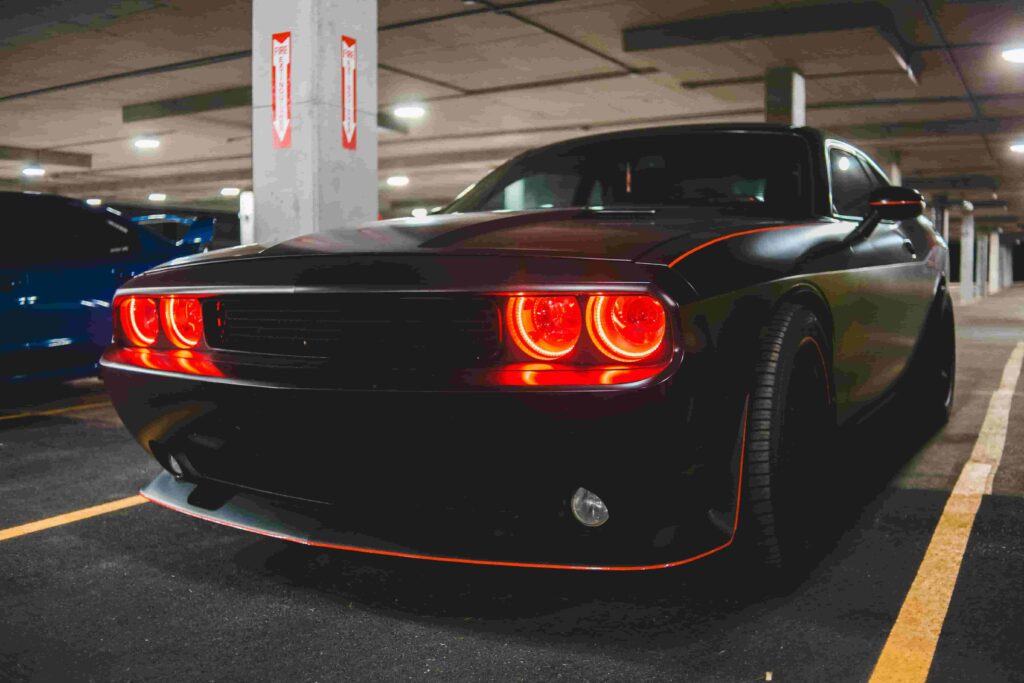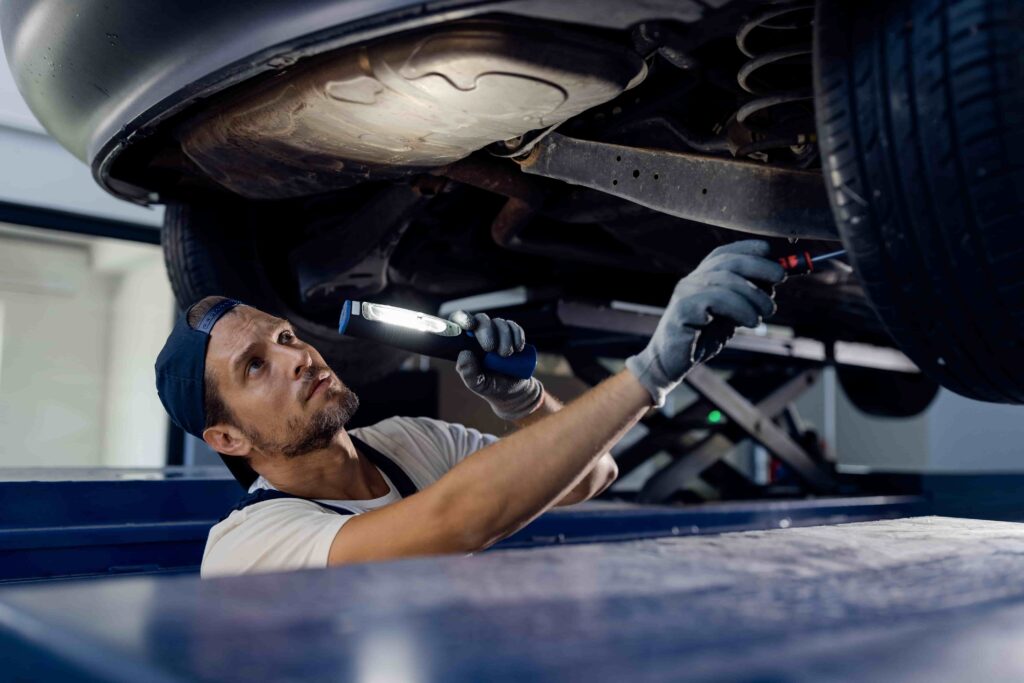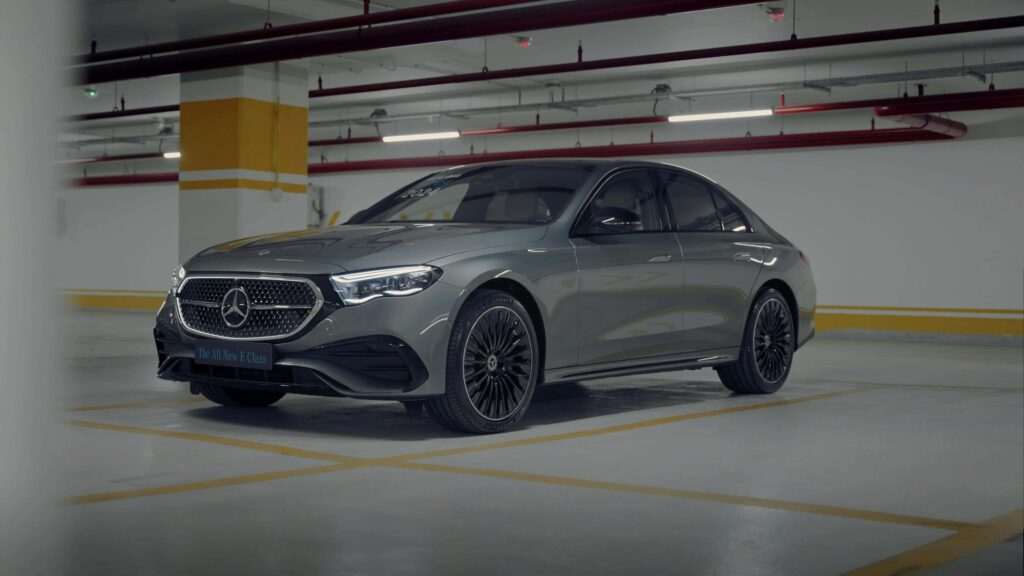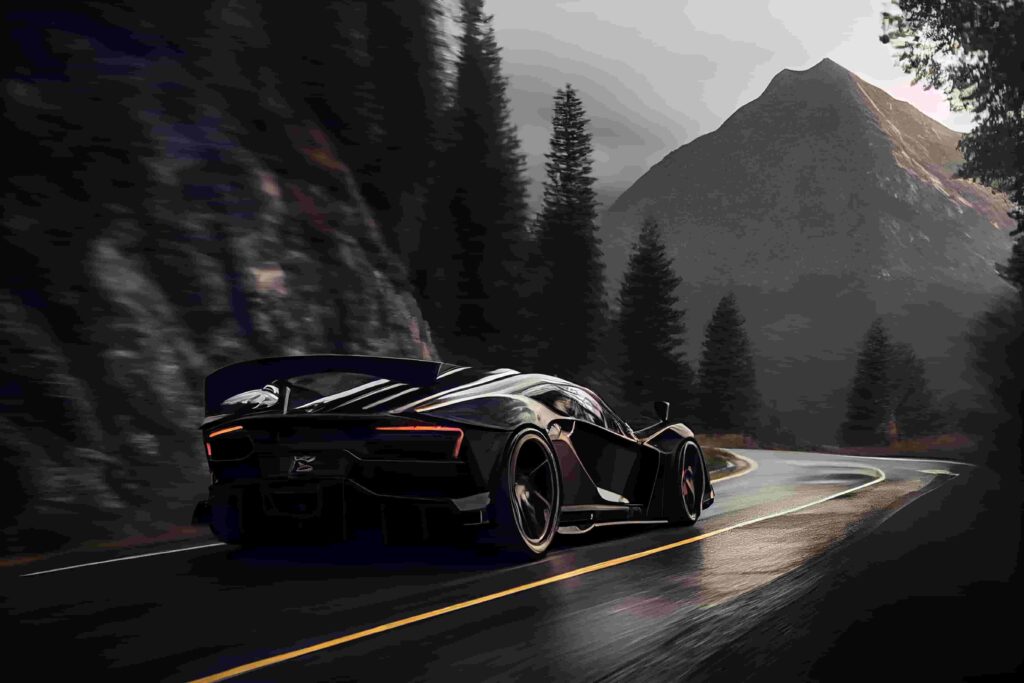Introduction
There’s something undeniably captivating about muscle cars. These powerful machines have long been the embodiment of the American dream on wheels, stirring the imagination of car enthusiasts and history buffs alike. But why do these vehicles hold such a special place in our hearts? For many, it’s their raw power, bold design, and the sense of freedom they evoke. This blog post explores the fascinating world of muscle cars, tracing their origins, examining their cultural significance, and speculating on their future in an evolving automotive landscape.
History of Muscle Cars
The story of muscle cars begins in the United States during the 1960s, a period marked by a booming economy and a growing fascination with speed and performance. It was a time when the automobile industry was thriving, and consumers were eager for more powerful vehicles that could match their adventurous spirit. The muscle car era truly took off when Detroit’s Big Three automakers—Ford, General Motors, and Chrysler—recognized this burgeoning demand and responded by creating high-performance cars for everyday drivers.
Key milestones in the development of muscle cars include the launch of the Pontiac GTO in 1964, often considered the first true muscle car. This iconic model set the stage for others to follow, such as the Ford Mustang, Chevrolet Camaro, and Dodge Charger. These vehicles boasted massive engines, aggressive styling, and a thrilling driving experience that captured the hearts of millions. Muscle cars quickly became a symbol of American ingenuity and competitiveness, both on the road and at the racetrack.
Throughout the late 1960s and early 1970s, muscle cars continued to evolve, with manufacturers pushing the boundaries of speed and performance. However, the oil crisis of the 1970s and increasing government regulations on emissions and safety eventually led to a decline in their popularity. Despite these challenges, muscle cars have maintained a loyal fan base and remain an integral part of American automotive history.
Design and Technology
One of the most appealing aspects of muscle cars is their unmistakable design. These vehicles are characterized by their bold, aggressive lines that convey a sense of power and dominance on the road. From the signature long hoods and short rear decks of the Ford Mustang to the wide, muscular stance of the Chevrolet Camaro, muscle cars are designed to make a statement.
Beyond their striking appearance, muscle cars are renowned for their impressive performance capabilities. Early models were equipped with large-displacement V8 engines that delivered exhilarating acceleration and speed. Over the years, advancements in technology have further enhanced muscle car performance, with innovations such as fuel injection, electronic ignition systems, and improved suspension designs.
These technological improvements have not only increased the speed and handling of muscle cars but have also made them more reliable and fuel-efficient. Despite these enhancements, the core essence of muscle cars—their raw power and thrill—remains unchanged. This unique blend of design and technology continues to captivate car enthusiasts around the world.
Cultural Impact
Muscle cars have long held a prominent place in popular culture, appearing in countless movies, television shows, and music videos. Films like “Bullitt” and “Gone in 60 Seconds” have immortalized muscle cars on the silver screen, while TV series like “The Dukes of Hazzard” have introduced these vehicles to new generations of fans.
Beyond their presence in entertainment, muscle cars have inspired a vibrant community of enthusiasts who celebrate their heritage through car clubs, events, and gatherings. Annual events like the Woodward Dream Cruise and the Carlisle Chrysler Nationals draw thousands of attendees who share a passion for these iconic vehicles. These gatherings provide an opportunity for muscle car lovers to connect, share stories, and showcase their prized possessions.
The enduring appeal of muscle cars can also be seen in the strong aftermarket industry that supports their restoration and customization. From performance upgrades to cosmetic enhancements, enthusiasts invest time and resources into preserving and enhancing these classic vehicles, ensuring that the muscle car legacy continues to thrive.
The Future of Muscle Cars
As the automotive industry undergoes a significant transformation towards sustainability and electrification, questions arise about the future of muscle cars. While traditional muscle cars have been synonymous with fuel-guzzling engines and roaring exhaust notes, modern advancements are paving the way for a new era of eco-friendly performance vehicles.
Automakers are already exploring the potential of electric muscle cars, with companies like Ford and Dodge introducing electrified versions of their iconic models. These vehicles aim to combine the exhilarating performance and design of traditional muscle cars with the environmental benefits of electric powertrains. This shift has the potential to redefine what it means to be a muscle car, offering a glimpse into a future where speed and sustainability coexist.
Despite these changes, the spirit of muscle cars—their rebellious nature and commitment to performance—remains alive and well. As technology continues to evolve, so too will the muscle car, adapting to meet the demands of a new generation of drivers while preserving the essence that makes them so beloved.
Conclusion
In conclusion, muscle cars are more than just vehicles; they are a cultural phenomenon that has transcended time and trends. Their unique blend of power, design, and cultural significance has left an indelible mark on the world of automobiles and continues to inspire car enthusiasts and history buffs alike. Whether you own a classic muscle car or simply admire them from afar, there’s no denying the impact they have had on American culture.
As we look to the future, the evolution of muscle cars will undoubtedly bring new challenges and opportunities. However, one thing remains certain—the allure of these powerful machines will continue to captivate and inspire generations to come. If you have a muscle car story or experience to share, we invite you to join the conversation and celebrate the legacy of these iconic vehicles.






